When sailing masters aboard tall ships needed to call out commands to the crew, they used speaking-trumpets, a type of megaphone, to aim and amplify their voices so they could be heard the full length of the ship and up to the topmasts. On a small boat, it’s not likely you’ll have trouble making yourself heard by anyone on board, but your voice may not carry well to people on shore, lockmasters, or other boaters in the area, especially if the wind and waves are making a lot of noise.Cupping your hands around your mouth is instinctive and will help a bit, but megaphones are much more effective. For short distances, they can be small, like the pre-electronic type coxswains wore strapped to their heads to reach all members of the rowing crew; for more range they can be larger, like the traffic-cone-sized megaphones coaches once used to communicate between their launches and their crews. Megaphones come in many shapes and sizes. In general, the longer and larger the better, but the more compact ones are easier to keep aboard a small boat.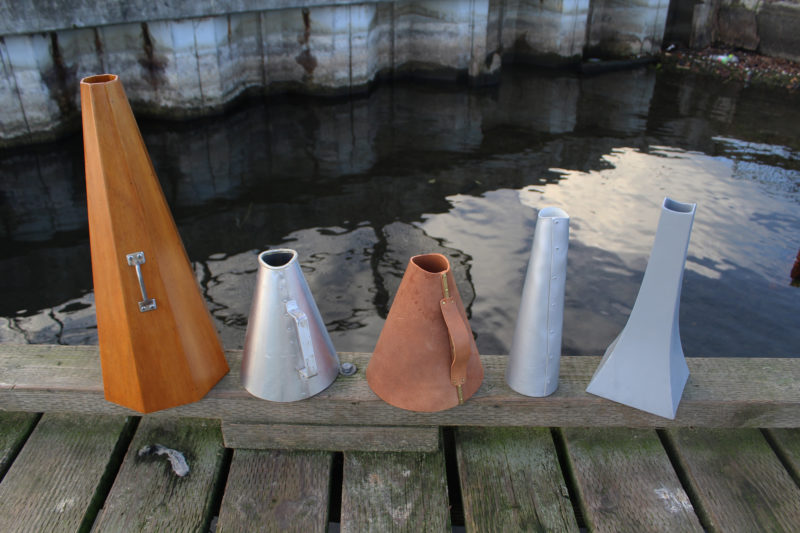 Photographs by the author
Photographs by the author
Join The Conversation
We welcome your comments about this article. To include a photo with your remarks, click Choose File below the Comment box.

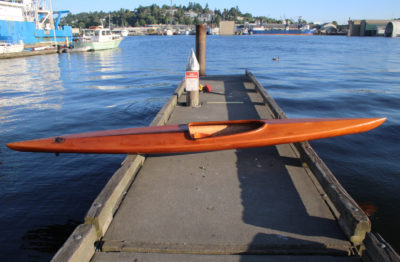
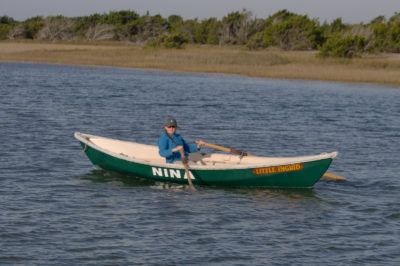
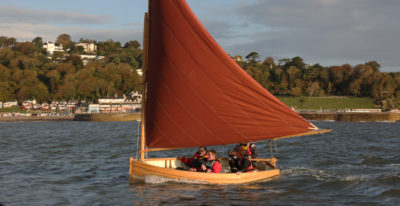
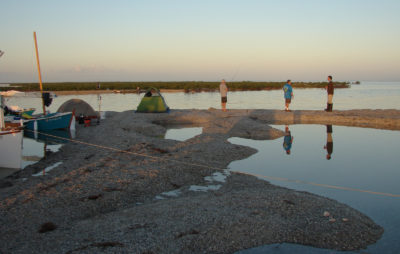
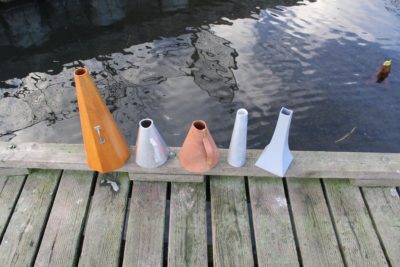
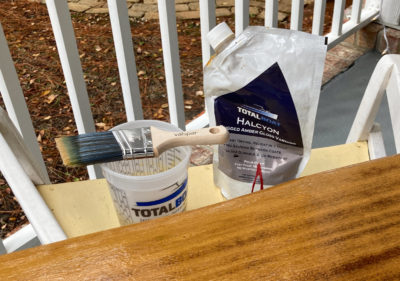

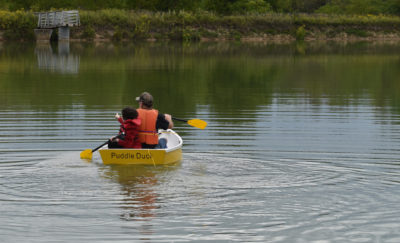

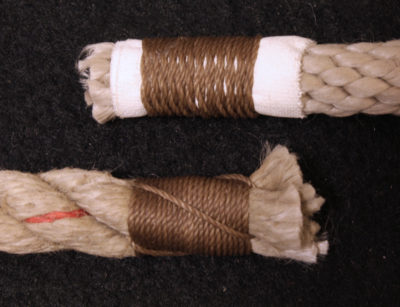
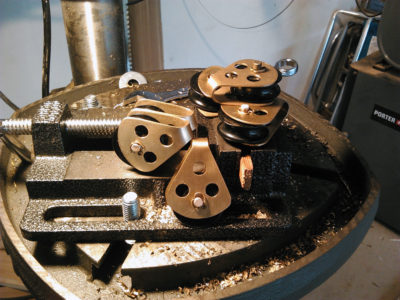
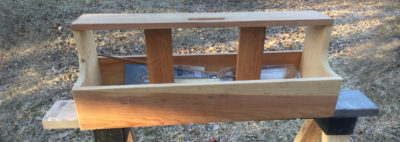
Your description of a leather megaphone fits the one that came with my 1927 cruiser exactly – stiff leather, with metal rings at each end, and, of course, a handle. What a unique article, and one I’ll use when I make a replacement for the megaphone!
I wonder if holding a megaphone up to one’s ear will aid hearing? An ear trumpet.
My friends and I often sail in close proximity and like to exchange both information and pleasantries. My lousy hearing usually precludes my full enjoyment but maybe with some low-tech mechanical help….?
Megaphones do indeed work as hearing trumpets. My largest megaphone can pick up footfalls on concrete at 50 yards. Outdoors there’s a lot of white noise that you’ll hear, like putting a seashell up to your ear. Megaphones in the sizes I’ve made are best at picking up higher frequencies, which, I’ve read, means consonants are more clearly heard. That improves comprehension. But you have to turn your head to use a megaphone for hearing so it’s hard to aim it. I taped a plastic 90-degree plumbing fitting on my largest megaphone so I can face whatever it is I want to hear, and that has proved effective for listening.
Inventor Thomas Edison created a device with a megaphone flanked by two similarly sized ear trumpets so the user could speak and hear facing the target. It was effective but it wasn’t portable. I ran across a patent for a more practical device that was invented by a C. Cunningham in 1945. It had a swiveling earpiece attached to the side of a megaphone. I can’t take credit for the invention. It was before my time and my name isn’t Cecil.
I shared this link with my Large Format Photography Forum friends as they love archaic DIY and your shapes resemble camera bellows.
A great project!
Thank you!
Thanks for another interesting article.
A megaphone could be handy, but they are quite bulky. Do you think it would be possible to make the leather version with the join fastened with press studs or a zipper so it could be stored flat or rolled more tightly to take up less space?
A folding megaphone is a good idea, John. See the Addendum I’ve added to the end of the article.
You work quickly! Two new megaphone versions researched, constructed, photographed, and uploaded in 24 hours!
The blue Zellers style one looks like a very practical option. It may not be as stylish as the staved plywood design, but it looks like one of the simplest to make and will be much easier to store. As you mention, it looks like it could work in leather if you wanted an upmarket version.
Another design that may work would be a telescoping megaphone. Somewhat like way collapsible cups are made.
A good idea, and patented in 1924.
I tried my hand at making a megaphone, following your examples. This one is leather, 10″ by 4″, largest I could make with the leather scrap I had. I got the leather from some chairs my neighbor was throwing away, it’s about 1/8” thick. There is a strip of yellow cedar inside that the screws attach to.
I was drawing out the pattern and had my wife Pat help me scribe an arc. When I had the pattern cut out, I showed it to her. She said, “Is that what you were working on? Why don’t you just roll up a piece of paper?”
I thought it turned out pretty well for using what I had on hand.
That’s a good-looking megaphone and a great reuse of a leather chair. Rolling a piece of stiff paper to make a pattern is a great idea.
When I saw this collection of megaphones, I instantly thought they could mostly each do double duty as an underwater scope! I’m not certain whether they need a waterproof clear “lens” at the big end or perhaps they would work just as is, I’d love to hear if a yone tries it!
A clear window is required. Without it, the surface of the water inside the megaphone would move around, distorting the view. The seal around the face needs to block out the light to avoid reflections off the window’s inside surface.
You can see my bathyscope here.